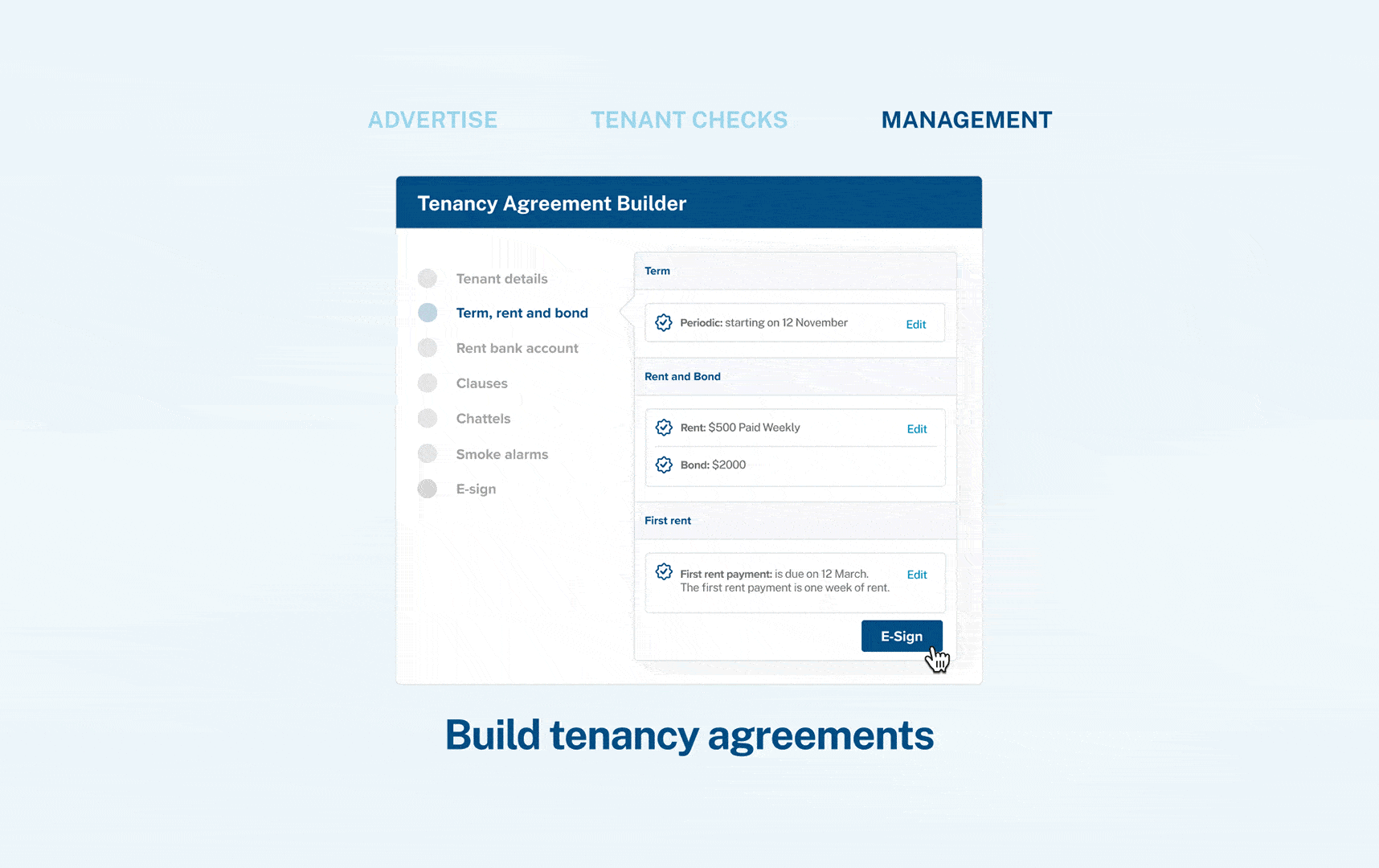This documentation is essential in proving your property meets the required standards, and failing to keep adequate records can lead to legal challenges and penalties.
What is Supporting Evidence?
Supporting evidence refers to the records and documentation that substantiate the details in your Healthy Homes Compliance Statement. This evidence can include:
Photographs showing insulation, heating systems, or ventilation installations.
Measurements of specific elements, such as heating output or window sizes for ventilation compliance.
Invoices or receipts for any work done, including installation of heaters, ventilation systems, or insulation.
Reports or assessments from certified professionals regarding moisture control, heating, and other standards.
This evidence serves as proof that your property meets or exceeds the Healthy Homes Standards and is legally required if a tenant, the Tenancy Compliance and Investigation Team, or the Tenancy Tribunal requests it.
Why Supporting Evidence Matters
1. Compliance Assurance:
By keeping detailed evidence, landlords demonstrate a commitment to providing a compliant and safe rental environment. This can prevent disputes and support a landlord’s case if questioned by tenants or Tribunal.
2. Legal Requirement:
Tenants can request access to your compliance evidence at any time, and you are legally required to provide it within 21 days. In cases where the Tenancy Compliance and Investigation Team or the Tenancy Tribunal requests these records, landlords must produce them within 10 working days. Having organized, up-to-date records ensures you can meet these deadlines.
3. Protection Against Penalties:
Without supporting evidence, landlords may struggle to defend themselves if issues arise, potentially leading to fines or penalties imposed by the Tenancy Tribunal.
Best Practices for Managing Supporting Evidence
- Keep Digital and Physical Copies: Store photos, invoices, and reports in a secure digital format, and keep hard copies as a backup.
Platforms like myRent make it easy to upload and organise all your compliance receipts in one convenient place, ensuring you’re always ready if evidence is requested.
Document Changes with Each Tenancy: When a tenancy ends, review and update your supporting evidence, especially if any upgrades or repairs were completed. This way, you can provide accurate records for new tenants.
Work with Certified Professionals: For inspections or installation of required features, such as insulation or moisture barriers, work with certified professionals. Their reports and receipts can serve as trusted evidence if questions arise.
Stay Updated on Healthy Homes Standards: Regulations can change over time, so it’s crucial to remain informed about any updates to the Healthy Homes Standards. This way, you can ensure your evidence reflects the latest requirements.
If you haven't already, subscribe to myRent newsletter read by over 33,000+ Kiwi landlords and we'll keep you up-to-date with any legislative changes.
Supporting evidence isn’t just a box to check—it’s your primary line of defence in proving compliance with the Healthy Homes Standards. By maintaining accurate, detailed records, you can avoid disputes and potential penalties.
The information contained in this article is exclusively for promotional purposes. It does not in any way constitute legal advice and should not be relied upon as the basis for any legal action or contractual dealings. The information is not and does not attempt to be, a comprehensive account of the relevant law in New Zealand. If you require legal advice, you should seek independent legal counsel. myRent.co.nz does not accept any liability that may arise from the use of this information.



